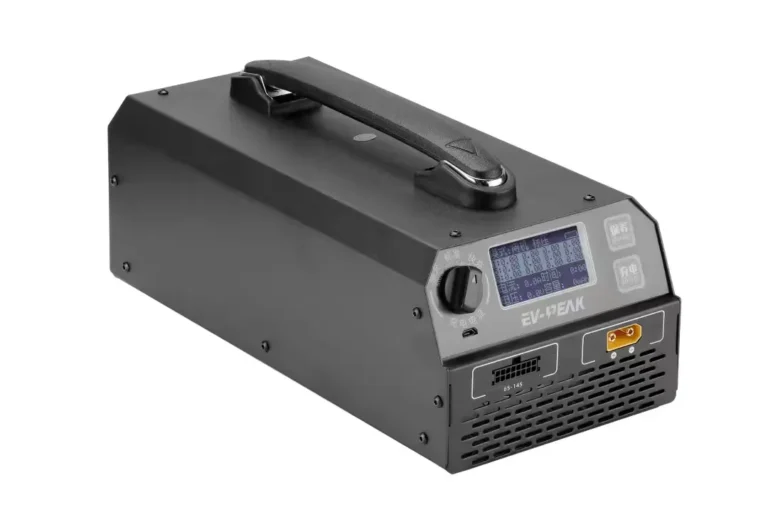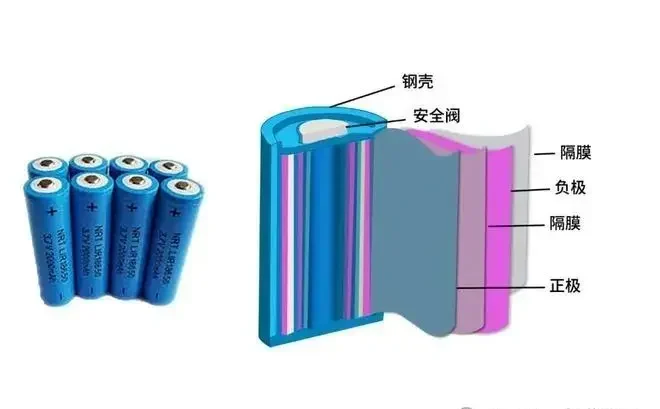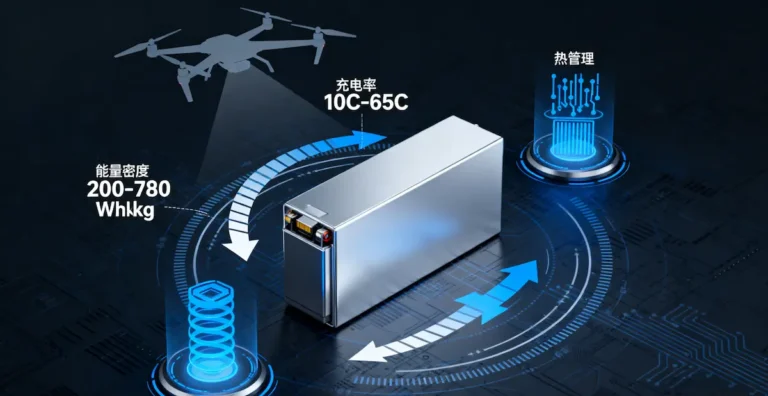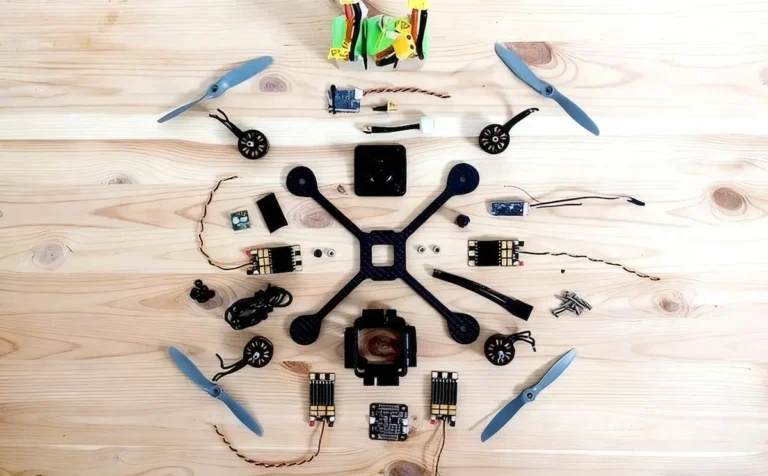Knowledge of Lithium-Ion Batteries in 2025
From the slim body of a cell phone to the surging power of an electric heavy truck, lithium-ion batteries are reshaping the energy landscape by doubling their energy density every decade. As a core R & D engineers, we will penetrate the basic knowledge of lithium-ion batteries, and directly hit the essence of the technology.
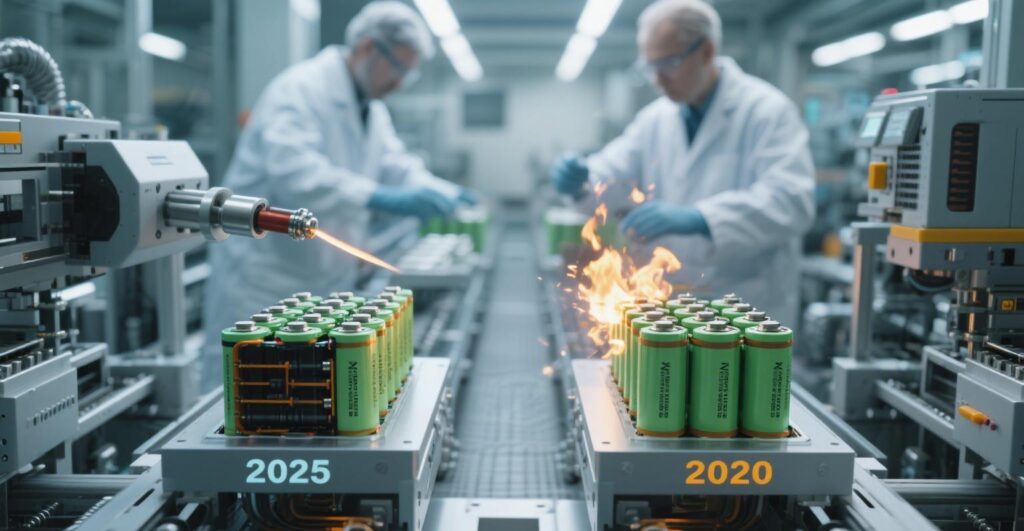
I.The working principle: ion “ferryman” and electronic highway
Core four elements:
Anode: lithium metal oxide (LiCoO₂/NCM/LFP) – lithium ion source
Negative electrode: graphite/SiC composite material – lithium ion hosts
Electrolyte: Lithium Hexafluorophosphate (LiPF₆) + organic solvent – Ion conducting medium
Diaphragm: PP/PE substrate + ceramic coating – electronic insulator & ion sieve
Charge and Discharge Essence:
Charge –> Anode delithiation –> Ion through electrolyte –> Negative electrode embedded lithium + electronic external circuitry
Discharge –> Negative delithium –> Ion back to positive + electronic drive device
✅ Key Insight: Energy density bottleneck lies in anode embedded lithium capacity (graphite theory 372mAh/g vs silicon based 4200mAh/g)
II. The technology game behind the four major advantages
| dominance | technical support | Industry benchmarking data |
|---|---|---|
| high energy density | Nickel-cobalt-manganese ternary system (NCM811) stacking process | 300Wh/kg(Kirin Battery) |
| Long cycle life | Lithium iron phosphate (LFP) olivine structural stability + SEI membrane optimization | >6000次@80%capacity |
| low self-discharge | Solvent purification (DMC/EC water content <10ppm) + metal impurity control (Cu ≤ 0.5ppm) | <2%/month (power battery) |
| no memory effect | Intelligent voltage range management (3.0-4.2V) to avoid lattice distortion | Supports charging and discharging of any segment |
III. the mainstream system performance life and death situation
1. Lithium cobalt oxide (LCO)
Scenario: consumer electronics (cell phones/notebooks)
Fatalities: cobalt price fluctuations + thermal runaway risk (T>180°C decomposition of oxygen)
2. Lithium iron phosphate (LFP)
Technological breakthrough: CTP grouping efficiency increased to 75% + low-temperature electrolyte (-30℃ capacity>85%)
Pain points: low vibration density → volumetric energy density disadvantages
3. Ternary Materials (NCM/ NCA)
High-nickel route: NCM811 energy density crushing, but gas production risk needs solid-state electrolyte remedy
Manganese-based breakout: lithium-rich manganese-based (LRMO) theoretical capacity >300mAh/g, cycle stability to be solved
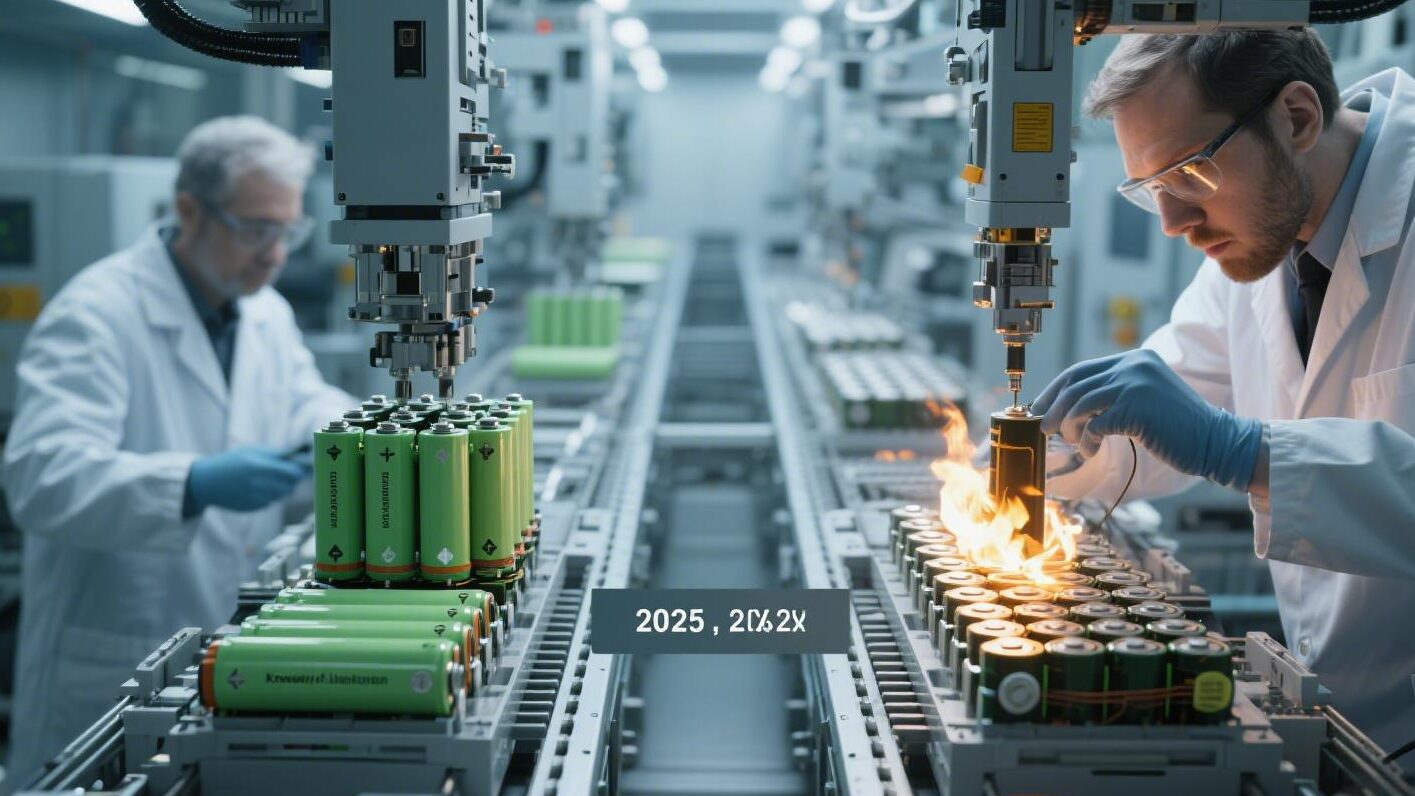
IV. Engineer’s Guide to Battery Life Extension
Three laws of charge management:
1. Voltage shackle:
full charge voltage down 0.05V, cycle life enhancement of 40% (e.g. 4.2V → 4.15V)
2. Temperature red zone:
> 45 ℃ charging triggered SEI membrane proliferation, lithium inventory permanent loss
3. Fast charging strategy:
20%-80% SOC: 3C fast charging (e.g. Tesla V4 supercharging)
80%-100% SOC: ≤0.5C trickle (to avoid graphite lithium precipitation)
Discharge Prohibited Zone:
Deep discharge (<2.5V): dissolution of copper collector → micro-short-circuit hotbed Pulsed loading (>5C): stress cracking of pole piece → shedding of active material
Storage Laws:
| Storage Length | Power Management Strategy |
|---|---|
| <1months | 40%-60% SOC |
| 1-6months | 3.8V Float Charge + Temperature Control 25°C |
| >6months | Dry storage (humidity <10%) |
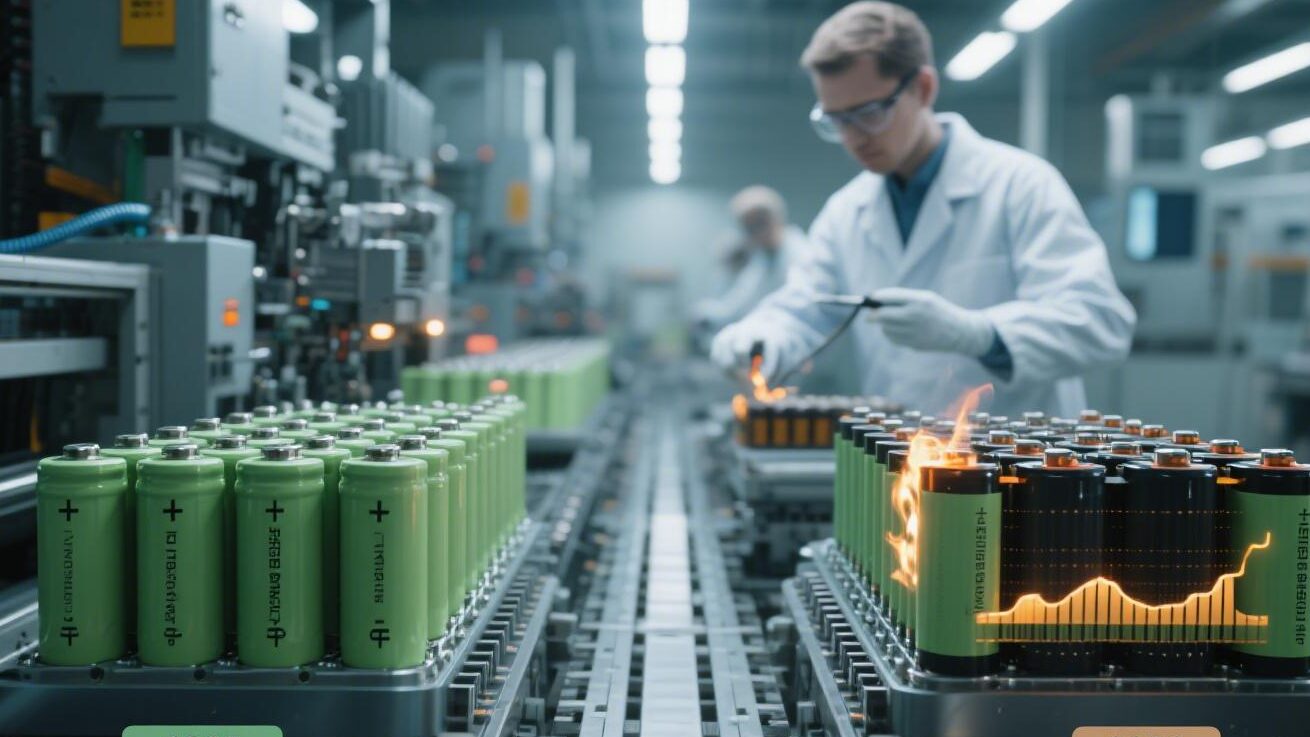
V. The future battlefield: solid state and structural innovation
1. Semi-solid-state battery:
oxide electrolyte (LLZO) + silicon carbon anode → 400Wh/kg mass production is imminent (Qingtao/Weilan)
2. Structural revolution:
4680 large cylindrical: full lug design + dry electrodes → 30% cost reduction (Tesla)
Blade battery: module-less design → volume utilization exceeds 60% (BYD)
3. Closed-loop recycling:
black powder wet recycling (nickel and cobalt recycling rate > 99%) → reduce lithium ore dependence
Conclusion: Mastering the Principles to Win the Energy Era
Lithium-ion batteries are by no means a “black box”. From the kinetics of embedding and de-embedding reactions to the evolution of SEI membranes, every breakthrough in performance is a symbiotic dance between materials chemistry and structural engineering. As engineers, we firmly believe that reading the language of batteries is the only way to design a more powerful energy heart!


